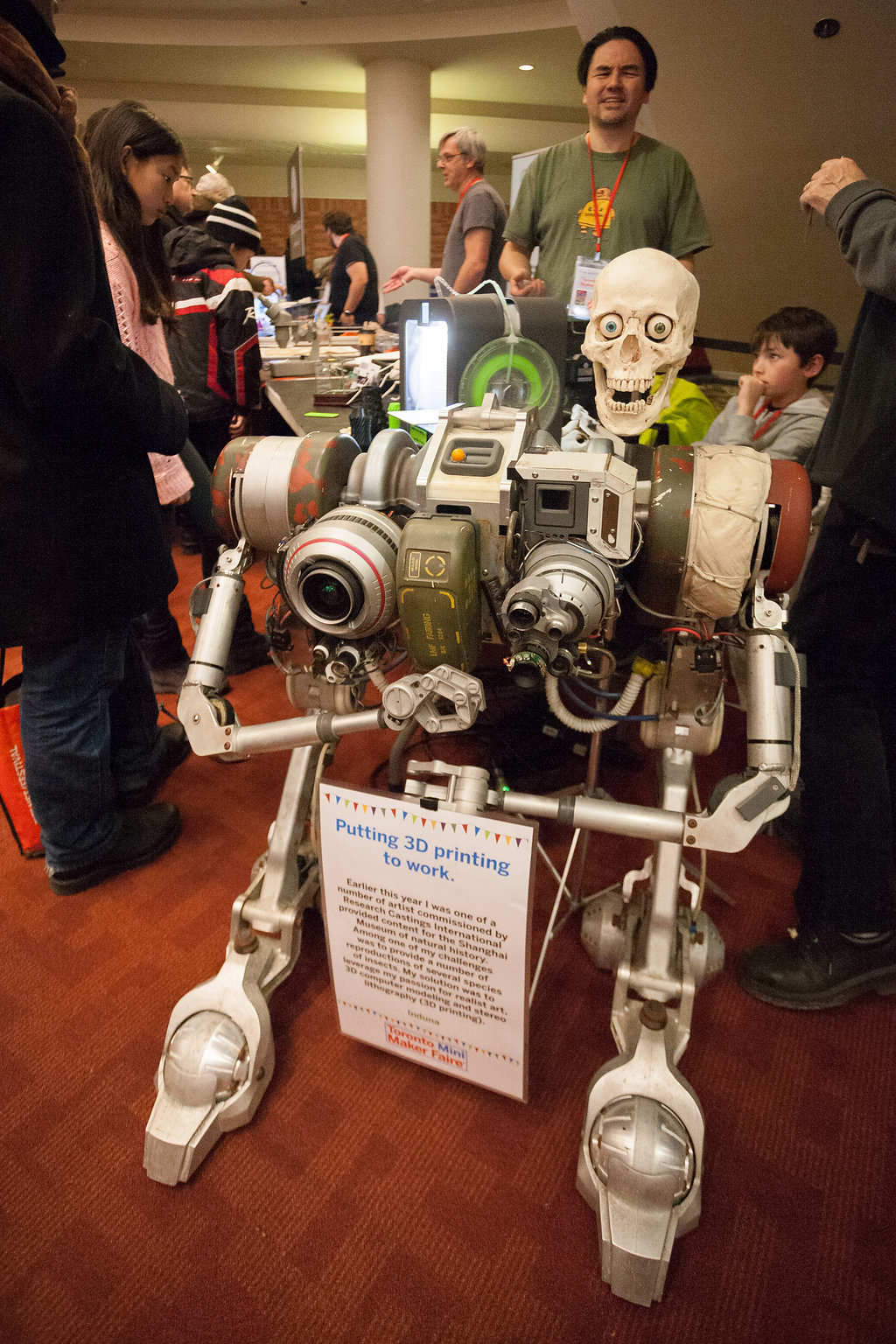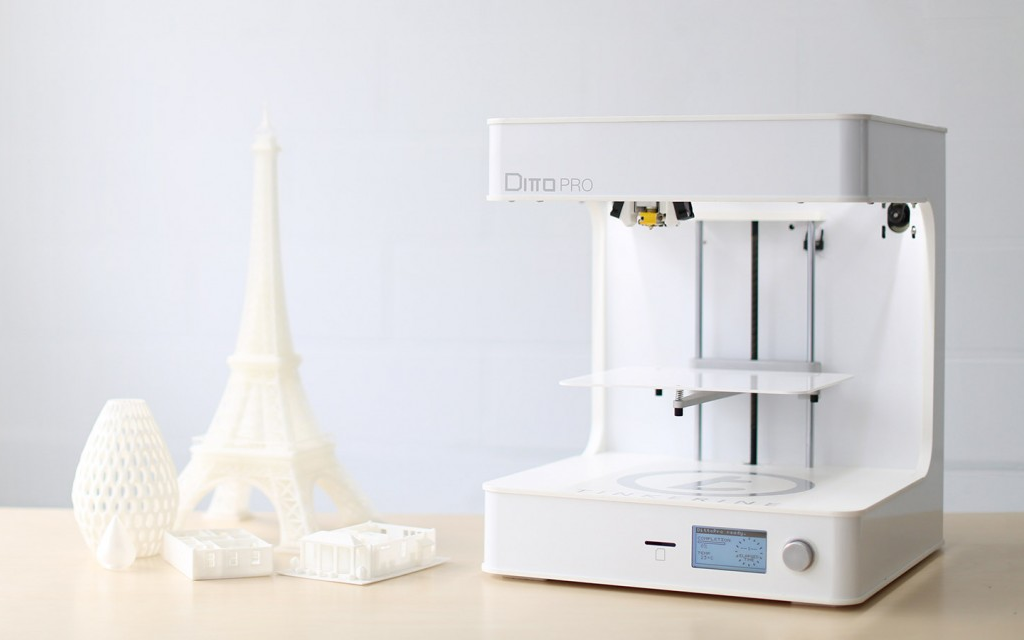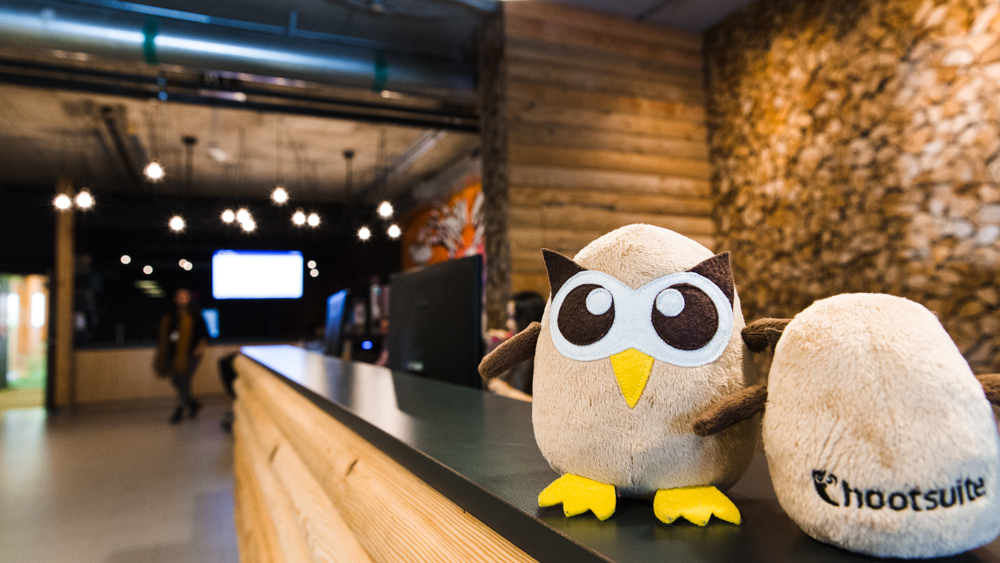2014 was a big year for Canadian startups. So big, in fact, that the BetaKit editorial team couldn’t quite agree on the most important stories of the last twelve months (with one major exception). So we decided to give each of our writers a chance to make the case for their three biggest Canadian startup stories of 2014. Enjoy!
More great BetaKit 2014 retrospectives:
Reflecting on 2014: The big issue, the big idea, and the big win
My top 14 Canadian tech moments of 2014

Elena Yunusov, Senior Editor
2014 was a great year for Toronto tech community. Here’s a highlight reel and a glimpse of what’s to come, in no particular order. In 2015, I predict that everybody will be connected to everybody, bullet trains will run between Toronto, Hamilton and KW, and every local startup will be hiring. You heard it here first! Bring it on, 2015.
1.Toronto Got Bitcoined
Toronto’s cryptocurrency community will look back at 2014 as a landmark year. The new 5,500 square feet Bitcoin Decentral co-working space opened doors this year, at Spadina and King in Toronto. Finally, a space for various Bitcoin cryptocurrency enthusiasts and startups to claim as their own, complete with the new Bitcoin ATM.
Toronto remains ahead of Bitcoin cryptocurrency game globally, thanks to a number of organizations driving awareness and adoption of Bitcoin: Bitcoin Alliance of Canada; BitCoinada, Toronto’s own Bitcoin news; a growing Bitcoin meetup; Coin Talk, a locally produced YouTube show and podcast about Bitcoin; and CoinKite, a local startup developing Bitcoin merchant terminals and mobile wallets. Toronto has also hosted its first Bitcoin Expo and hackathon.
Honourable mention goes to Ethereum, developed by Toronto’s Vitalik Buterin, a platform that could potentially change how we interact and transact online. It comes with a built-in currency Ether, which broke crowdfunding records at pre-sale. Buterin won a prestigious $100K Thiel Fellowship and the World Technology Award 2014 – IT Software for his work on Ethereum, beating Mark Zuckerberg of Facebook in this category. With Ether about to be unleashed on the world, and with Bitcoin and other cryptocurrencies entering mainstream with support from local businesses and companies like Shopify, despite the price volatility, 2015 will be an interesting year. Can we have the best of both worlds, with strong decentralized P2P cryptographic network and price-stable cryptocurrency? Please Santa, please.
2. Hardware is eating the world

Local startups and makers had a great year. MakeWorks, a shoe factory transformed into a 10,000-square-foot co-working space for hardware startups, launched in the spring of 2014, billed as a “place for people who want to build things,” by founder and CEO Mike Stern. Toronto Mini Maker Faire has hit a record attendance of 10,000 people, with over 100 makers showcasing their inventions. HackLab.TO moved into a large new space in Parkdale from its former tiny second-floor HQ in Kensington Market. Tinkering with hardware isn’t a solitary activity any longer.
Companies to watch in 2015: Nymi Inc., and its Nymi band which revolutionizes authentication by tying it to heartbeat; Thalmic Labs and its Myo motion-control armband, which features a wide variety of applications, from gaming to healthcare and medical settings; Whirlscape with its smart Minuum keyboard, most recently spotted on Will.i.am’s wearable Puls cuff. Next year looks even more exciting for hardware startups, now that they are getting the spotlight they deserve.
Related: One Year Later – Looking back at the seven Canadian wearable tech companies changing the world
3. Coding in TO
Startups are hungry for engineers, software developers, designers, and all kinds of tech talent, and Toronto is stepping up to the challenge in a big way. It’s never been easier to get coding. Ladies Learning Code, HackerYou, Bitmaker Labs, BrainStation and Camp Tech keep growing, with new chapters sprouting up in cities all across Canada. Colleges and universities are playing their part, most notably Humber College and Ryerson University. Pearl Chen, a prolific educator and technologist from Toronto took home Toronto’s Top Tech Contributor Award, the first of its kind this year.
HackerYou and Ladies Learning Code also moved into bright new digs at The Lab (483 Queen Street West). The new 7,000-square-foot digital literacy hub should win some sort of interior design award; those aren’t your typical classrooms. The Lab has hosted a number of fantastic community events in 2014, including the first-ever Wearable Wednesday meetup. Next year, with an ever-exploding community calendar of Toronto’s tech events, it’s good to see more spaces opening doors and fostering knowledge-exchange.

Tom Emrich, Senior Editor
My top three stories this year continue to prove that the future is now. Canadian companies are leading the charge in some pretty innovative and emerging technologies, from 3D Printing to Wearable Tech and even Space. Looking back at 2014 felt like I was reading headlines from a Sci-Fi novel without the ‘Fi’. It’s an extremely exciting time to be in tech.
1. UrtheCast Snaps Its First Image from Space
Space is most definitely our final frontier, and so for me any galactic news is pretty big. Vancouver’s UrtheCast was on a mission this year to install high definition cameras on the International Space Station to stream the Earth from space in near real-time, and they did it. In January, the company successfully installed two cameras on the Russian side of the space station. In April, I wrote this story about UrtheCast cameras successfully snapping a photo of our planet in tests it was running to gear up for its Beta launch. Seeing our world from this angle is surreal and really helps puts things in perspective (i.e. don’t sweat the small stuff ‘cuz we are actually really, really tiny). I was blown away by this still image, and so needless to say am pretty excited for when UrtheCast makes its video stream available.
2. Vancouver’s Tinkerine Wants to Bring 3D Printing Education to Every School in North America

The fact that I can send a file over to a printer and have it print something out in 3D blows my mind. I know that additive manufacturing (the technical term for 3D printing) has been a round for a while in the manufacturing space, but the fact that consumers now have access to this type of technology is game changing. Sure, right now we are seeing a lot of iPhone cases and Yoda heads being produced, but all new technology starts off somewhere. We are just getting started with having access to this type of manufacturing.
One of the most impactful ways 3D printers can be used is in the classroom, which is why this story of Tinkerine’s mission to bring 3D printing to every school in North America makes my top three. Vancouver’s Tinkerine develops, manufactures, and distributes 3D printers, software, and materials for both the consumer and education markets. In July, Tinkerine announced the launch of an educational platform called TinkerineU, a partnership with “leading edtech content producer” Ready Labs Inc. The platform makes 3D printing curriculum available to schools to introduce students to designing, prototyping, and manufacturing using 3D printing technology.
3. One Year Later: Looking Back at the Seven Canadian Wearable Tech Companies Changing the World
My last pick for top stories this year is kind of a cheat. Canada is a hotbed for wearable tech, and this year saw some heavy hitters in this space reach some critical milestones, so it’s hard for me to choose just one company to highlight. Luckily, I recently wrote a year-end recap of the seven Canadian wearable tech companies changing the world.
2014 saw a number of companies finally get their products in the hands (or rather on the bodies) of their users. Thalmic Labs (Myo), InteraXon (Muse), Neptune (Pine), PUSH, Nymi, Hexoskin and OMSignal all shipped out products either as part of a general consumer release, or as a part of a developer rollout. On top of that, OMSignal and Nymi both raised some serious cash in Series A investment rounds, with OMSignal raising $10M in June and Nymi raising $14M in September. And the crazy thing is that all of these companies (and many more) are just getting started.
Douglas Soltys, Managing Editor
I considered cheating and just pulling BetaKit’s top three stories via Google Analytics, claiming managing editor’s prerogative. But your insightful work has inspired me to actually go back through the year that was and eke out some insight. Here we go.
1. Canada is a wearables country
Not much to add here that hasn’t already said, but 2014 was the year where Canadian startups drove the conversation about what wearable tech will be in 2015 and beyond. So perhaps I can add a bit of context from my experience in the mobile space. In the early days of mobile, before Apple and Google swept in, the ecosystem was awash with plucky startups, bold ideas, and a sense that anything could happen next. Attending the WEST Conference this year (which, disclosure, was organized by our own Tom Emrich, who did an amazing job), I was struck by that exact same mix of possibility and excitement. Of course, the consolidation that hit mobile likely awaits wearable tech (at perhaps an accelerated pace), but for now, let us revel in the salad days.
2. Follow the money

Freshbooks. Wattpad. Hootsuite. Kik. Desire2Learn. Slack (yes, they count). 2014 was a year in which a slew of Canadian startups across myriad verticals proved that serious capital could be raised by companies above the 49th parallel, fuelling the growing perception that Canada is quickly becoming Silicon Valley North. I see no sign of the capital (or valuations) slowing in 2015, because…
3. It’s a government town
Whether you like it or not, the federal government is invested in the Canadian startup ecosystem in a big way. The year was kicked off by the $300 million Northleaf Venture Catalyst Fund announcement, followed by $31.4 million in CAIP funding for B.C. accelerators and incubators, with another $550 million in savings committed in savings via the Small Business Job Credit. An astonishing $5.86B in government funding was committed to startups in the first half of 2014 alone. And we haven’t event talked about SR&ED, which many startup founders have told me is what keeps them focused on building businesses in Canada.
While we could debate right into 2015 exactly how effective some of the federal government’s startup initiatives will be (for what it’s worth, I think many of the kinks to the Startup Visa program will be ironed out in 2015), there’s no denying how important this liquidity will be to Canadian startups.



